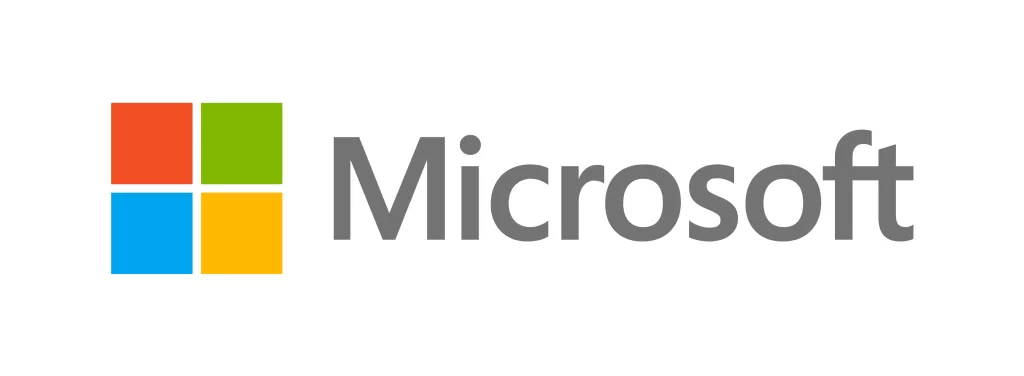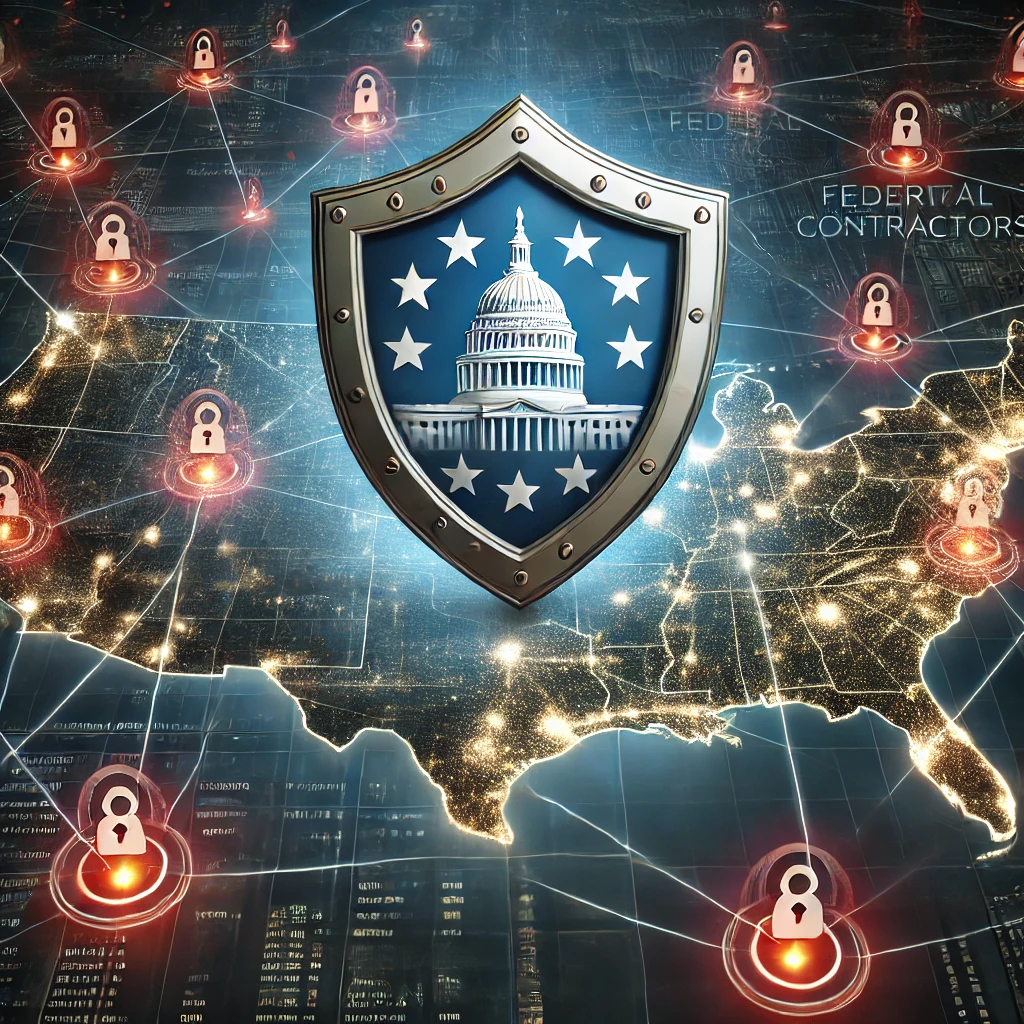An interesting blog post from Microsoft sheds light on the company’s Secure Future Initiative (SFI), a comprehensive cybersecurity effort that has grown rapidly since its launch in November 2023. The post highlights SFI’s expansion in May 2024 and details its progress across six key security pillars. Microsoft claims that SFI, with 34,000 full-time engineers, represents history’s largest cybersecurity engineering effort.
At the core of SFI is Microsoft’s commitment to “prioritize security above all else.” This commitment is reflected in creating a Cybersecurity Governance Council, led by Chief Information Security Officer (CISO) Igor Tsyganskiy, alongside Deputy CISOs for key security functions and engineering divisions. These leaders manage the company’s cyber risk, defense, and compliance, ensuring a cohesive security strategy.

Microsoft’s Key CyberSecurity Pillars
- Protect identities and secrets – Enhancing token security and enforcing phishing-resistant credentials.
- Protect tenants and isolate production systems – Removing inactive accounts and apps reduces cyberattack surfaces.
- Protect networks – Improving network isolation and tracking physical and virtual assets.
- Protect engineering systems – Standardize building pipelines and tighten security for engineering repositories.
- Monitor and detect threats – Enforcing consistent security audit logs and extending log retention.
- Accelerate response and remediation – Streamlining vulnerability management and improving response times.
Microsoft has also implemented a cultural shift by prioritizing security for all employees. The company introduced the Security Skilling Academy, a tailored learning experience that equips employees with the tools to address security challenges. Security is now a critical factor in performance reviews, holding employees accountable for their role in the company’s cybersecurity mission.
The report emphasizes that senior leadership reviews SFI progress weekly and provides quarterly updates to the board of directors. Additionally, executive compensation is now directly tied to security performance, further embedding cybersecurity into the company’s core values.
The blog also highlights significant advancements in key areas, such as identity protection and network security. For example, Microsoft has updated its Entra ID system to improve token security and enforce phishing-resistant credentials. The company also reduced its cyberattack surface by eliminating millions of inactive accounts and applications.
With ongoing updates in threat detection, network protection, and vulnerability response, Microsoft’s Secure Future Initiative directly responds to the increasing cybersecurity threats and attacks. The company’s focus on cybersecurity reflects the growing need for more robust defenses against these threats to protect its systems and customers’ systems in an increasingly vulnerable digital environment.
Source: Securing our future: September 2024 progress update on Microsoft’s Secure Future Initiative (SFI).
Other News: Russian Hackers Breach Microsoft(Opens in a new browser tab)
Other News: Hacker Leaks 12,000 Alleged Twilio Call Records with Audio Recordings.
